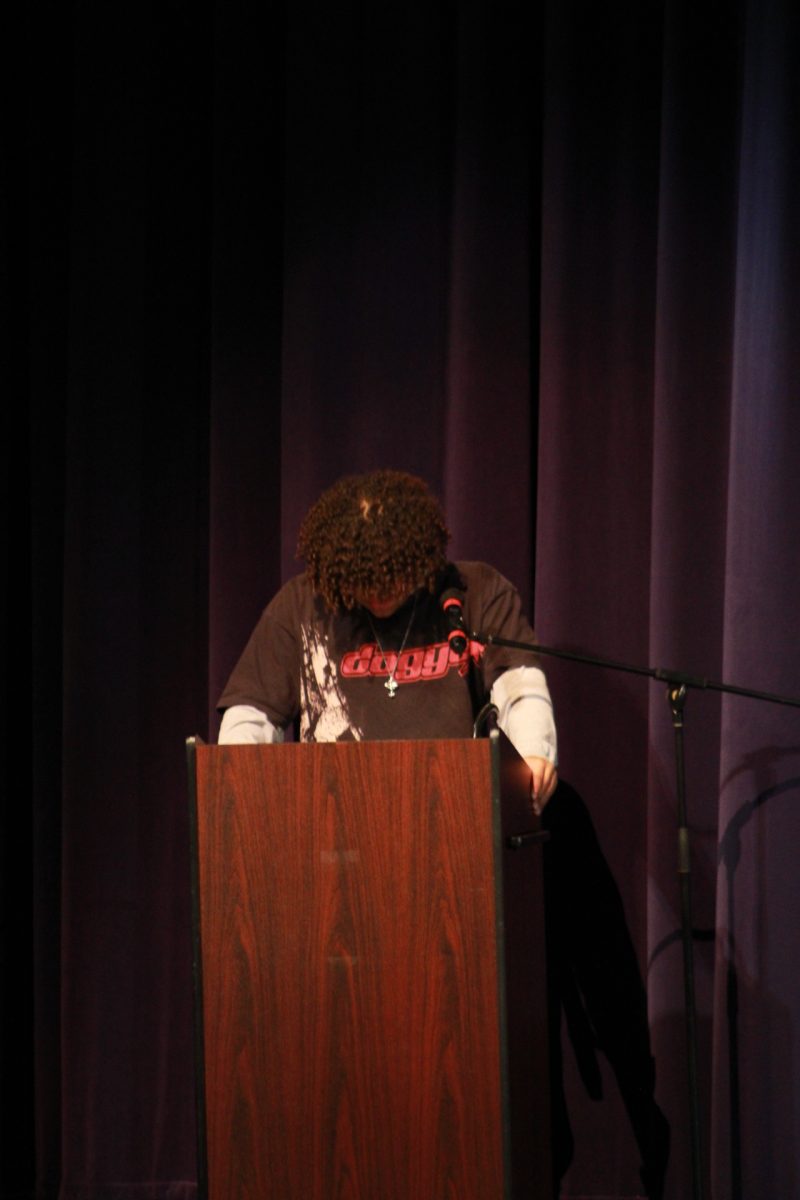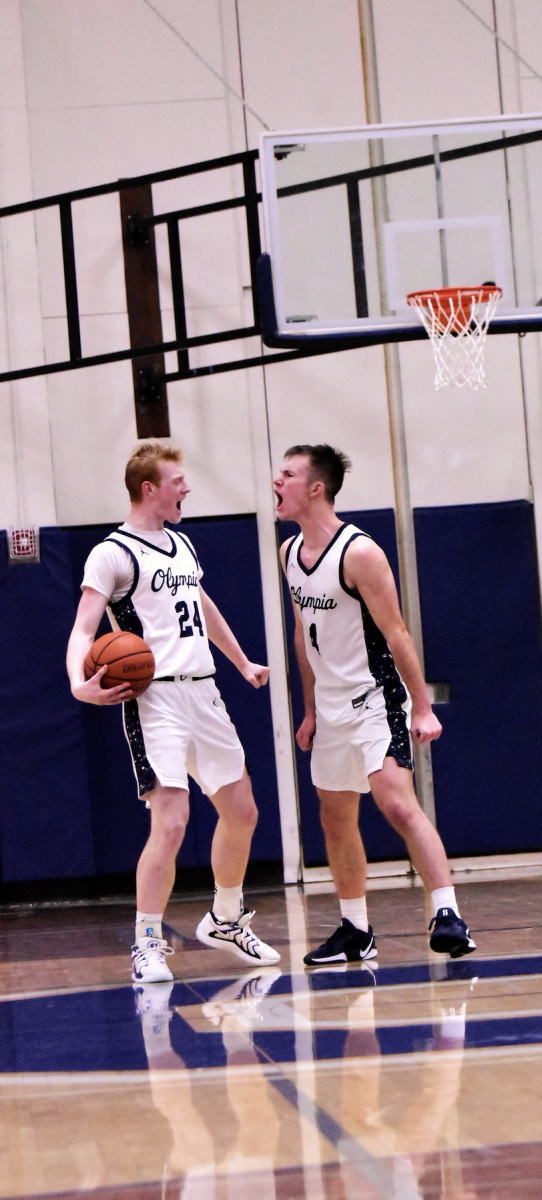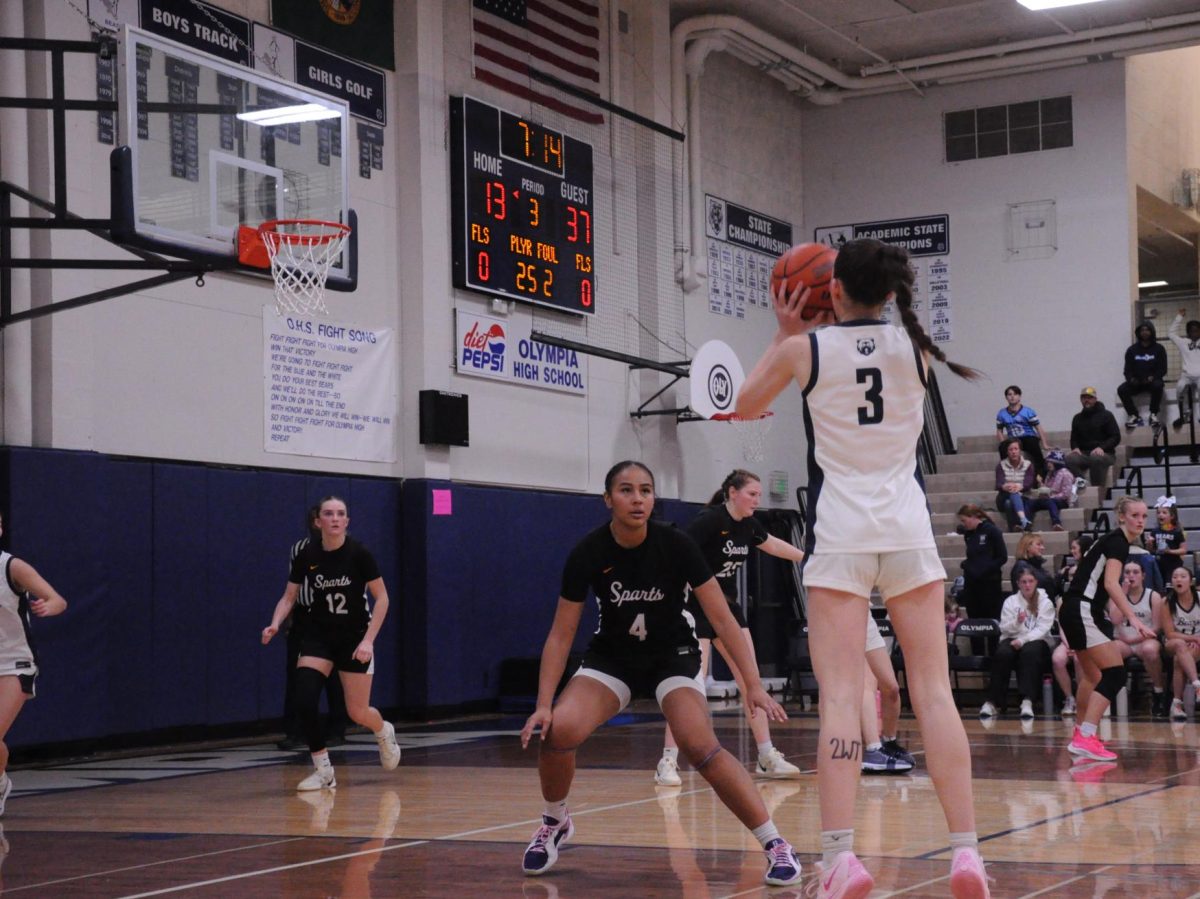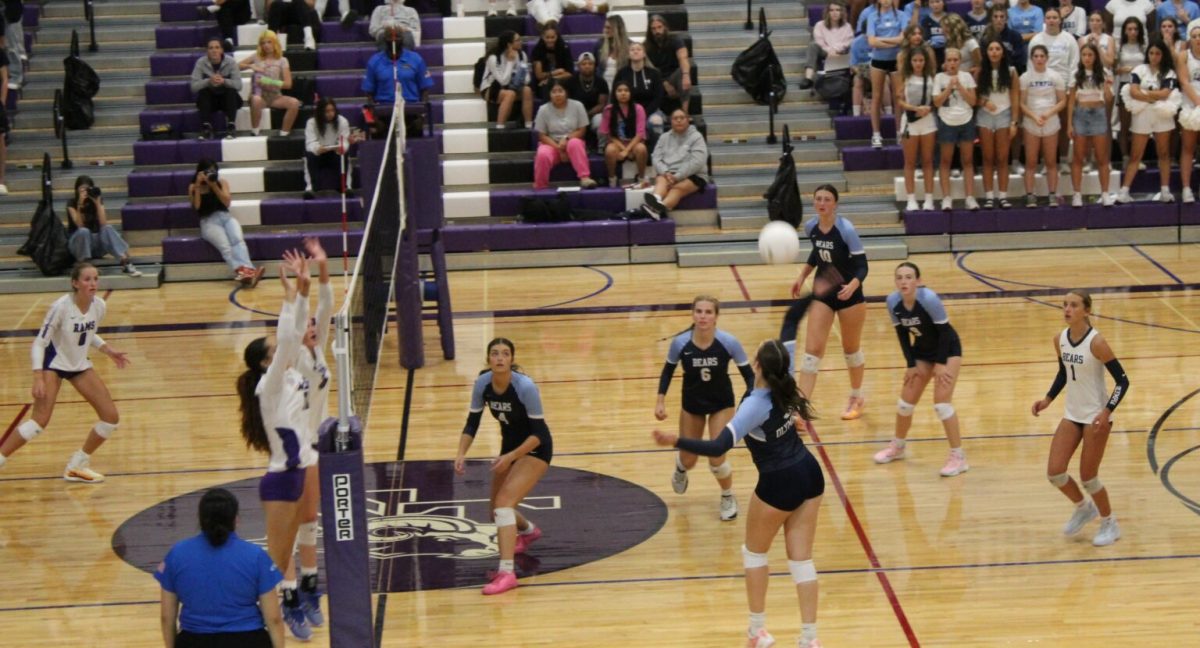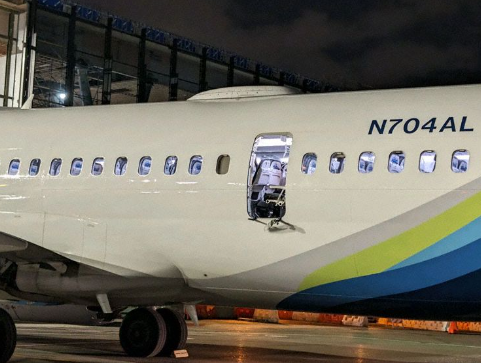
On January 5, Alaska Airlines Flight 1282 was taking 171 passengers from the Portland International Airport to Ontario, California. Unfortunately, 10 minutes into the flight, the plane’s door plug flung off the plane’s fuselage to the ground below, leaving a door-sized hole in the side of the plane as it cruised 16,000 feet above the ground.
The pilots made a safe descent – all passengers and crew members landed safely with some passengers being treated with non-life-threatening injuries.
This incident caused all Boeing 737 MAX 9 to be grounded, meaning it will not fly again until necessary modifications or repairs happen. An average of 200 flights nationwide have been canceled.
So what happened and when will it be fixed?
What is a door plug?
According to CNN, a door plug is “a portion of the plane’s fuselage the manufacturer can put in place instead of an emergency exit door.”
Since Boeing, the manufacturer of the 737 MAX 9 aircraft, sells these planes worldwide, different nations have different safety standards. The plane comes with a seating capacity of 220 which requires all four exit doors to comply with regulation.
Companies such as RyanAir have purchased such planes, but other companies, like Alaska Airlines, purchase lower-seating aircraft to maximize passenger comfort. In doing so, they only seat less than 190 passengers and do not need all four emergency exits. Instead of buying an expensive emergency exit door, these companies buy a door plug.
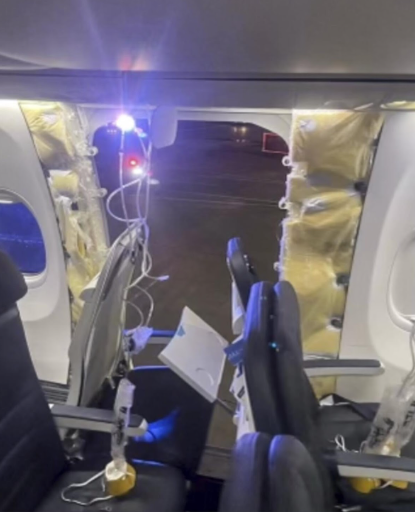
Why did the door plug fall off?
The door plug is secured to the aircraft using a series of bolts, cables, and stop pads. John Nance, who works for ABC News as an aviation analyst, explained that for the door plug to be inspected, they would have to completely remove the plug.
The plane flown in Alaska Airlines Flight 1282 was only three months old so it is likely the maintenance crews had no reason to believe they needed to inspect the plug. As a result, blame could fall on the Boeing assembly company.
Following the grounding of the 737 MAX 9, United Airlines announced they found “bolts that needed additional tightening.” It is unclear how severe looseness is or how many planes were unsafe, but there is a clear problem.
What happens now?
All anyone can do now is wait for the FAA to finish their inspections on all 737 MAX 9 aircrafts. The accident will continue to affect travel, with airlines having to fly smaller fleets. But until safety is ensured, flights will continue to be canceled and delayed. This means that the airlines are doing everything they can to keep their passengers safe and get the planes back into the air soon.



